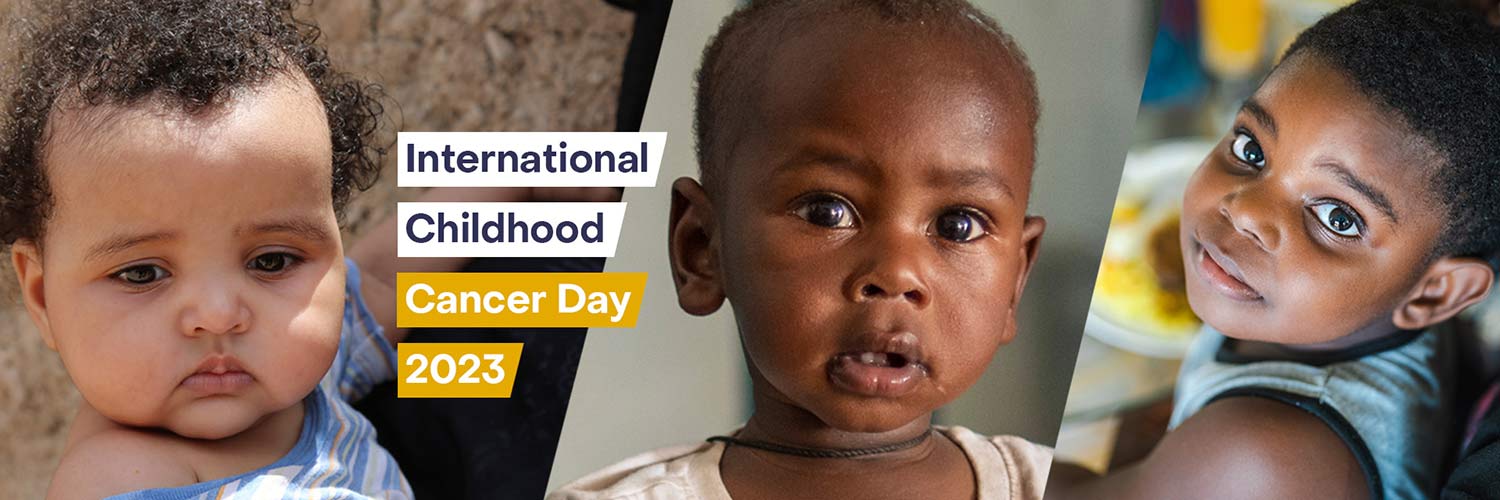
In new Questions and Answers to mark International Childhood Cancer Day, Dr Eva Steliarova-Foucher, a scientist in the Cancer Surveillance Branch at the International Agency for Research on Cancer (IARC), describes how IARC is advancing global research on childhood cancer.
Almost 280 000 children and adolescents (aged 0–19 years) were diagnosed with cancer worldwide and almost 110 000 children died from cancer in 2020. The actual numbers may be much higher, because in many countries childhood cancer is difficult to diagnose.
Leukaemia was the most common cancer type in children and the most common recorded cause of cancer death in children. In high-income countries, 80% of children with cancer are successfully treated and survive. This is not the case in many low-resource areas, where information is scarce, diagnosis is imprecise, and treatment is inaccessible. Because of inequalities between and within countries, many children with cancer die without access to proper diagnosis or treatment.
The high survival rates in high-income countries mean that the population of childhood cancer survivors is increasing. Many survivors of childhood cancer require lifelong medical follow-up, and some experience serious late effects, which include developing a new cancer. These and other specific features present unique challenges, which require further targeted research on childhood cancer survivors.
The need for cancer control at all ages, including in children, led the World Health Organization (WHO) to launch the Global Initiative for Childhood Cancer in September 2018, with support from St. Jude Children’s Research Hospital (USA), IARC, and other global partners. The initiative has the ambitious goal of achieving at least 60% survival for childhood cancer globally by 2030.
Q&AQuestions and Answers with Dr Eva Steliarova-Foucher
ReadRelated Links
Related Links
Read more about the ChildGICR project
Read the IARC page about childhood cancer